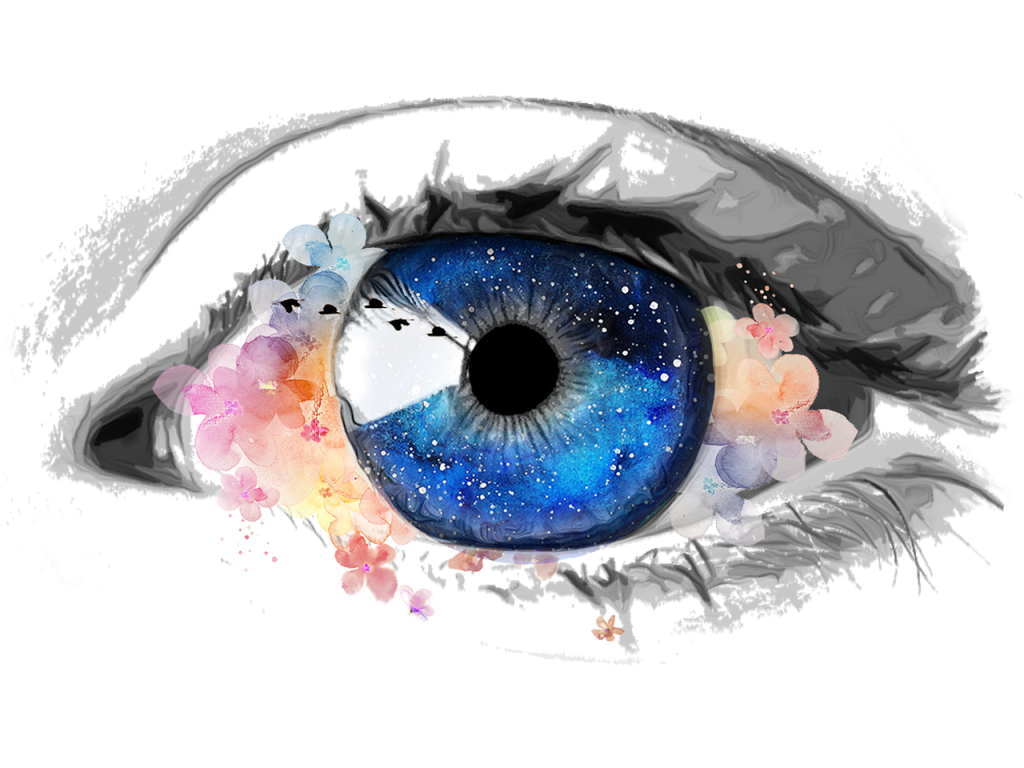
Color is all around us, from the natural world to the digital screens we use every day. But have you ever stopped to think about how colors are created and perceived by the human eye? The science of color perception is a complex and fascinating field, drawing on physics, biology, psychology, and even culture.
This article will explore the science of color perception, including the creation of colors, how the human eye perceives color, and the application of color science in art, design, and technology.
How Colors are Created
Colors are created by light. Light is made up of electromagnetic waves that have different wavelengths and frequencies. When matter interacts with these waves of light, it can either absorb, reflect, or transmit them. The color of an object results from the specific wavelengths of light that are absorbed or reflected. For instance, a red apple appears red because it reflects red light while absorbing all other colors.
Colors can also be created by mixing different colors of light or pigments. Additive color mixing involves mixing different colors of light, as seen in the pixels of a computer screen. Subtractive color mixing involves mixing different pigments, as seen in printing and painting. When pigments are mixed, they absorb more wavelengths of light, resulting in a darker color. This is why mixing all colors of pigment results in black, whereas mixing all colors of light results in white.
How We See Color
The human eye specializes in detecting and processing light, making it a complex organ. The retina, located at the back of the eye, contains two types of photoreceptor cells: rods and cones. Rods are sensitive to low levels of light and are responsible for our night vision. Our color vision is the responsibility of cones, which densely concentrate in the fovea, the central part of the retina responsible for high acuity vision.
There are three types of cones, each of which is sensitive to different wavelengths of light. These are commonly referred to as blue, green, and red cones. When light enters the eye, it stimulates these cones in different proportions, creating the sensation of color. The brain then processes this information to create our perception of color.
How Light Affects the Way We See Color

Light plays a crucial role in the way we see color. The color of an object can appear different under different lighting conditions. For example, a white shirt may appear blue under the light of a streetlamp. This occurs because the spectral compositions of various light sources differ, thereby influencing how we perceive colors.
Color Vision Deficiency
Color vision deficiency, also known as color blindness, is a condition in which individuals have difficulty distinguishing certain colors or perceiving color differences. This condition is often caused by genetic factors, but it can also be caused by injury or disease. There are different types of color vision deficiency, with red-green color blindness being the most common.
People with color vision deficiency have a limited ability to distinguish certain shades or hues. As a result, performing tasks that require color discrimination can be challenging for them. These tasks include reading charts or graphs, identifying traffic signals, and working with colored wires. Fortunately, many people with color vision deficiency can overcome these challenges with the aid of color filters or specialized lenses.
Applications of Color Science: From Art to Technology
The science of color perception has important applications in a variety of fields, from art and design to technology and medicine. To create visually appealing compositions and convey ideas through color in art and design, it is essential to understand how the human eye perceives colors. Color theory and color psychology are also important considerations in graphic design, branding, and marketing.
In technology, color science plays a crucial role in the development of displays, cameras, and other digital devices. To create displays that are accurate and vibrant, it is essential to understand how light interacts with various surfaces and how humans perceive colors. Color vision tests in medicine diagnose and monitor certain conditions like macular degeneration and diabetic retinopathy.
Conclusion
In conclusion, the science of color perception is a complex and fascinating topic that has important implications for a variety of fields.
The science of color perception covers a broad spectrum of areas, including the creation of colors through the physical properties of light, the way the human eye perceives colors, and the diverse applications of colors in art, technology, and medicine.
By understanding the mechanisms that govern color perception, we can gain a deeper appreciation for the beauty and complexity of the world around us.
